
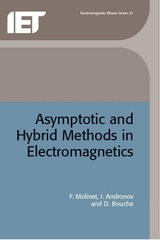
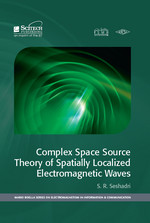

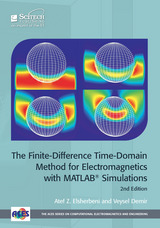



Nonlethal weapons are going to play an increasingly important role in combat and in civil conflict in the coming years. They offer a way of controlling dissent and insurgencies without increasing antagonism, particularly in peacekeeping operations. They prevent the unnecessary loss of life among the non-combatant population of adversaries and they decrease the number of casualties due to friendly fire. The need for new nonlethal weapons technologies has been well documented by researchers and policymakers. High-powered electromagnetic radiators are aimed at addressing that need.
Beginning with a brief survey of the history of warfare, D. V. Giri systematically examines various nonlethal weapons technologies, emphasizing those based on electromagnetics. His systematic review of high-power electromagnetic radiators is organized by frequency, coverage, and level of sophistication of underlying technologies. He provides many examples of complete systems, going from wall-socket to radiated waves.
Giri's focus on electromagnetics makes this book essential reading for researchers working with high-power microwave and electromagnetic pulse technologies as well as antenna engineers.


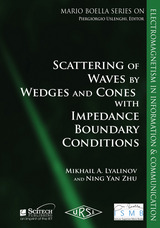
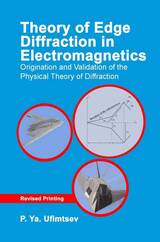

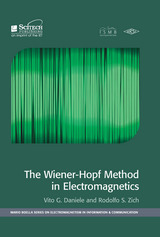
READERS
Browse our collection.
PUBLISHERS
See BiblioVault's publisher services.
STUDENT SERVICES
Files for college accessibility offices.
UChicago Accessibility Resources
home | accessibility | search | about | contact us
BiblioVault ® 2001 - 2025
The University of Chicago Press









